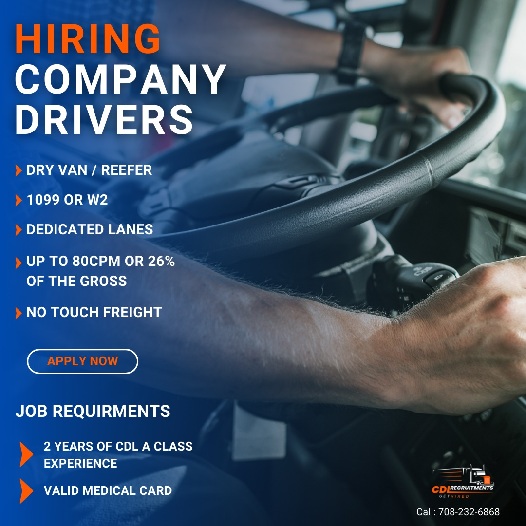Becoming a truck driver involves acquiring specific skills, training, and meeting regulatory requirements. The duration to become a truck driver can vary based on individual circumstances, chosen training paths, and the complexities involved in obtaining necessary certifications.

Here’s an exploration of the timeline and key factors influencing the journey to become a truck driver.
1. Obtaining a Commercial Driver’s License (CDL):
The primary requirement to begin a career as a truck driver is obtaining a Commercial Driver’s License (CDL). The duration to acquire a CDL varies based on the chosen training program:
- CDL Training Programs: Some individuals opt for CDL training programs offered by private truck driving schools or community colleges. These programs typically span 4 to 12 weeks, encompassing classroom instruction, hands-on driving practice, and preparation for the CDL examination.
- Company-Sponsored Training: Certain trucking companies offer sponsored training programs where individuals undergo training while employed by the company. These programs might take a few weeks to a few months, depending on the company’s training structure and requirements.
2. Entry-Level Experience:
After obtaining a CDL, gaining practical experience is crucial. Entry-level positions often require newly licensed drivers to undergo additional on-the-job training or orientation with a mentor. This phase might last several weeks to a few months, depending on the company’s training protocols and the driver’s progress.
3. Specialized Training or Endorsements:
Some truck driving careers, such as hauling hazardous materials or operating specific types of vehicles, require additional endorsements or specialized training. Acquiring these endorsements might take a few extra days to weeks, depending on the type of certification needed.
4. Compliance with Regulatory Requirements:
Besides obtaining a CDL, drivers must adhere to various regulatory requirements. This includes meeting medical qualifications, passing background checks, and ensuring compliance with state and federal regulations.
The duration to fulfill these requirements can vary based on individual circumstances and any potential hurdles encountered during the application process.
5. Ongoing Professional Development:
Truck driving involves continuous learning and skill refinement. Experienced drivers often engage in ongoing professional development to enhance their skills, stay updated on industry changes, and pursue career advancement opportunities. This aspect of learning is ongoing throughout a truck driver’s career.
Factors Influencing Duration:
Several factors influence the time it takes to become a truck driver:
- Previous Experience: Individuals with prior experience in driving or handling large vehicles might require less time to adapt to truck driving, potentially expediting the process.
- Training Program Choices: The duration varies based on the type and length of training programs chosen, ranging from intensive programs to part-time courses.
- Personal Commitment: The pace at which an individual completes training and gains experience can be influenced by their dedication, aptitude, and willingness to learn.
The duration to become a truck driver varies based on multiple factors, including the chosen training path, entry-level experience, regulatory compliance, and ongoing professional development.
While obtaining a CDL is the initial step, gaining proficiency, experience, and specialization within the field can take several weeks to several months. The commitment to continuous learning and skill enhancement is an ongoing aspect of a truck driver’s career, shaping their proficiency and success in the industry.


